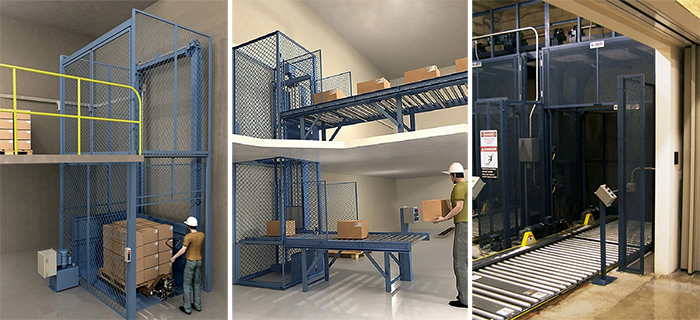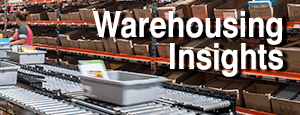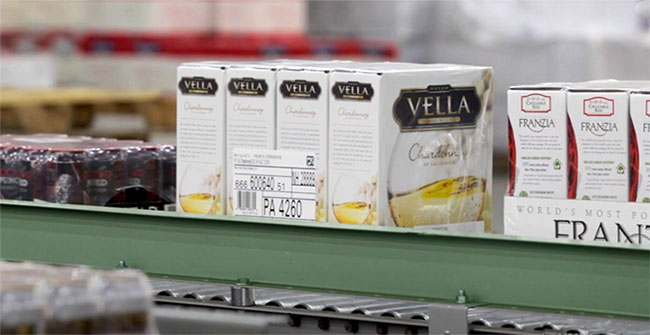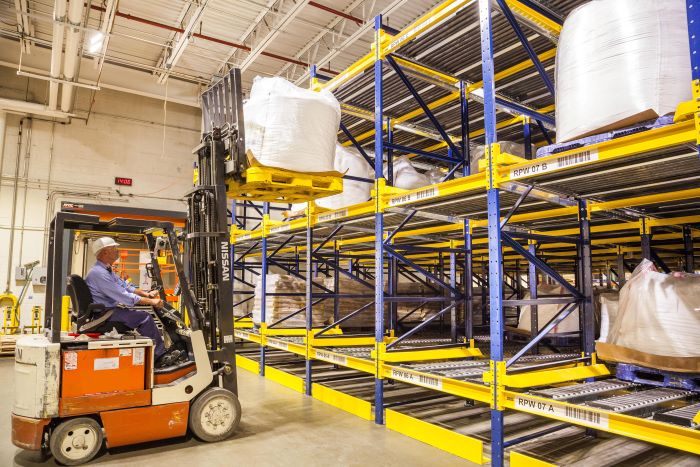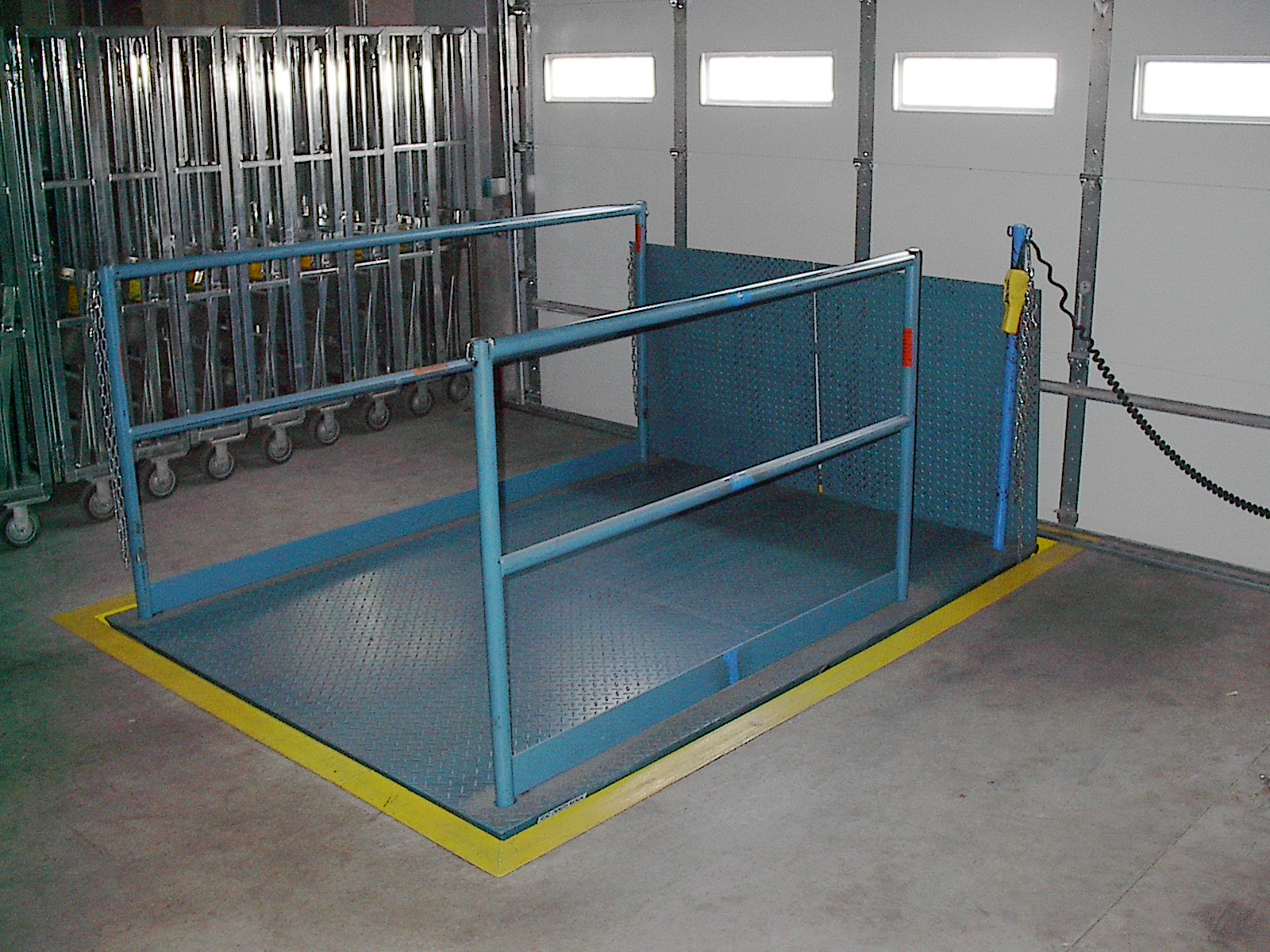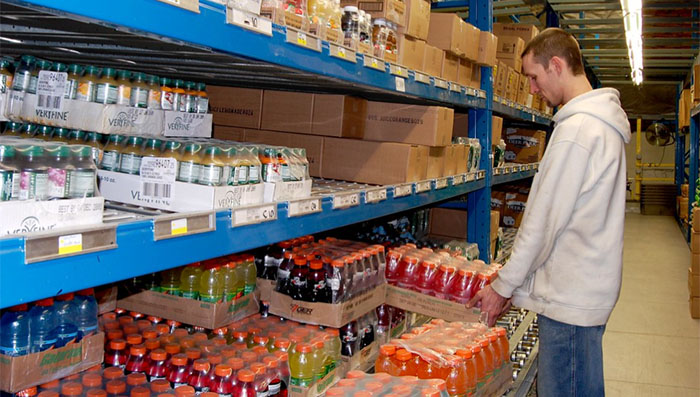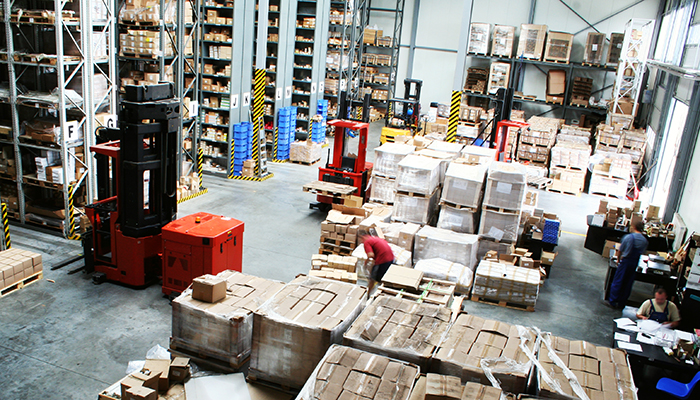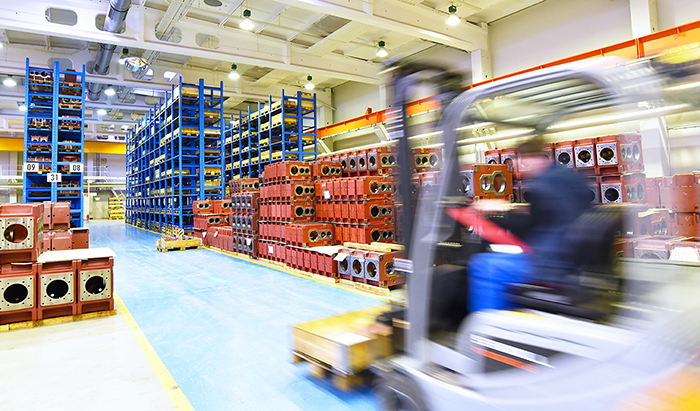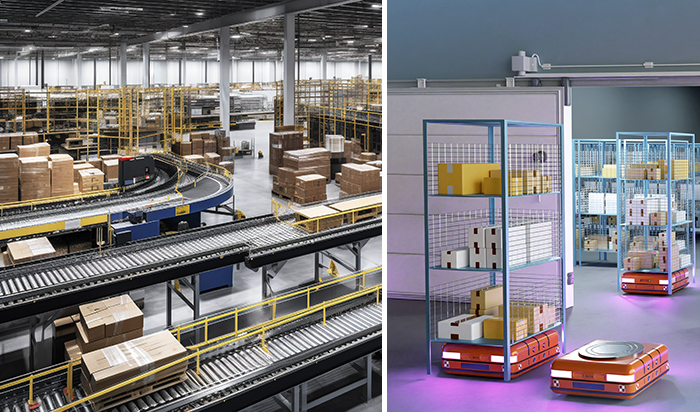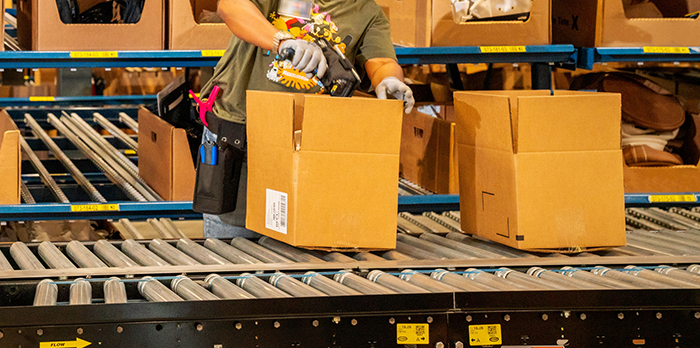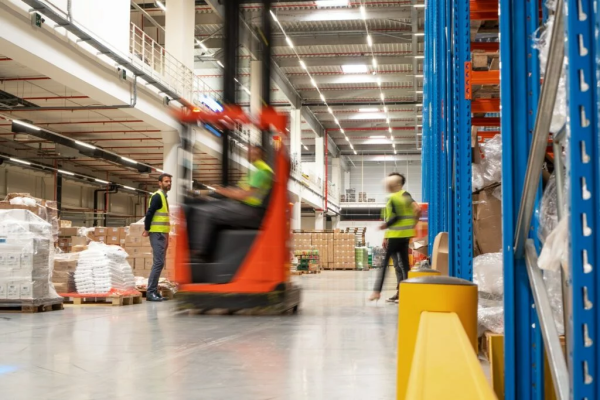
You’ve seen them pass so close in your facility it stopped you cold. Keeping forklifts and pedestrians from collision (or even close encounters) is a critical element of safety within any facility that uses both. Creating a safe culture that improves these interactions is the goal of any team, and there are many solutions available.
Outfitting your workers and trucks with proximity warning systems is a solution designed to improve these interactions. These systems are a crucial component of occupational safety strategies, significantly diminishing the likelihood of accidents and incidents between pedestrians and vehicles, and effectively fostering a culture of heightened safety awareness among employees
As proximity warning systems evolve, they now boast new features. Notably, some are exploring dual detection zones, with the thought of extra protection. This innovation prompts us to question: does an extra detection zone boost accident prevention effectiveness?
Read the rest of this entry »
